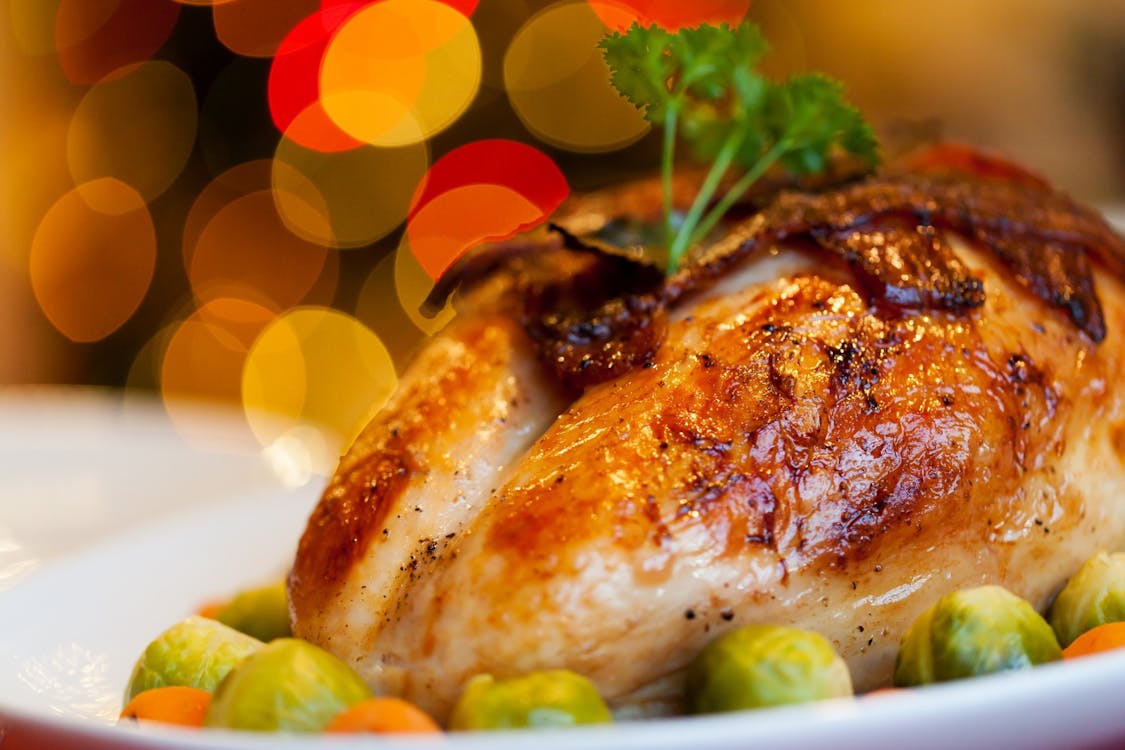Thoughts on Thanksgiving Dinner
PLEASE note the role of wasted food as a contributor to green house gases. Leftovers are good! Don't throw them out!

| For many Americans, a Thanksgiving without turkey is no Thanksgiving at all. Every year in
late November we serve 46 million turkeys, more than on Easter and Christmas combined. |
| For vegetarians, faux products like Tofurky are common alternatives. But from the perspective
of greenhouse gas emissions, do vegan replacements made from soy and wheat beat out their animal counterparts? |
| Yes,
according to David Chen, a master’s student at the Potsdam Institute
for Climate Impact
Research. When Mr. Chen was an undergraduate at McGill University in
Montreal, he assessed the environmental impacts of all the meals at the
university’s cafeterias. The
results were published in 2016. |
| The paper didn’t focus on turkey, but it did study chickens, which Mr. Chen called “kind of the
ultimate efficient factory-farmed animal.” |
| This
efficiency has to do with a measurement called the feed conversion
ratio, which represents
how much food you have to give an animal to produce a given quantity of
meat. A completely efficient animal would turn one pound of grain into
one pound of meat, for a ratio of 1:1. |
| “The reality right now for chickens is around 1.5,” Mr. Chen said. |
| For turkeys the ratio is closer to two pounds of fodder per pound of meat, which makes turkeys
less efficient than chickens, and the related emissions higher. |
| Chickens release three to 16 times more greenhouse gas emissions per pound than soy products.
So that means a tofu-based alternative could have a far smaller carbon footprint than poultry. |
| There
are some caveats. The study focused on equal weights, comparing, say, a
pound of turkey
to a pound of soy. But it didn’t take calories into consideration. A
pound of turkey has about 862 calories compared to 344 for tofu, so in
theory you’d be eating less of the turkey. |
| And depending on how they’re raised, the carbon footprint of chickens can be on par with that
of rice, or tomatoes and peppers raised in greenhouses. It’s also about 2.5 times less than the footprint of cheese. |
| Chickens also require less water than soy, Mr. Chen said. |
| Whether you cook an actual turkey, a Tofurky or something different altogether, hold onto your
leftovers. According to the Food and Agriculture Organization of the United Nations, if food waste were a country it
would be the third-largest emitter of greenhouse gases in the world. |
| In the United States,
about 40 percent of the food that gets wasted is thrown out by consumers, so if you want to enjoy a traditional Thanksgiving with less guilt, eat
your leftovers. The New York Times Cooking editors have assembled
a few recipes to help you do just that. |
Financial Planning for Women does not sell, rent, loan, lease or otherwise provide any personal information collected at our site to any third parties.


No comments:
Post a Comment